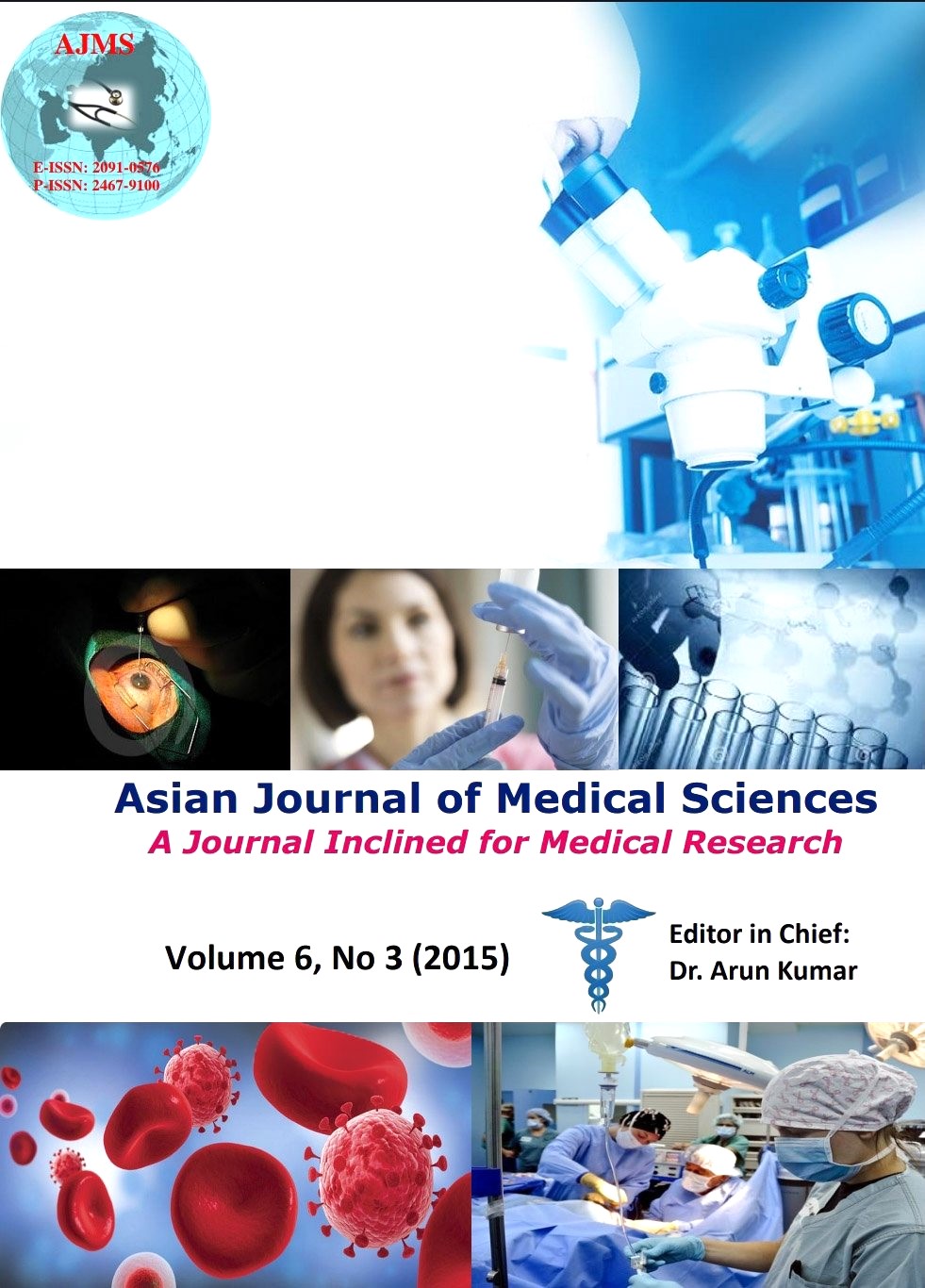Serum electrolytes and lipid profiles in non-insulin dependent diabetes mellitus patients
Keywords:
Type-II diabetic mellitus, Hyperlipidemia, ElectrolytesAbstract
Background: Diabetes mellitus and hyperlipidemia are the most common metabolic disorder affecting the people all over the world. Hyperglycemia is considered a primary cause of diabetic vascular complications and is associated with impaired electrolytes in some of the metabolic dysfunctions is not clear.
Aim: The purpose of this study was conducted to investigate the relationship among diabetes mellitus, lipid profiles and electrolytes (Na+, K+ and Cl-).
Methods: In the sera of 85 non insulin-dependent diabetes mellitus NIDDM, 45 with hyperlipidemia, 40 without hyperlipidemia, 50 samples of hyperlipidemia without NIDDM, and 50 non diabetic healthy control subjects. The mean age of the diabetic patients was similar to that of control. The mean duration of the disease was (10.2±5.9) years (2-23) years. From the results, it was discovered that there was a significant decrease in Na+ and Cl- in patients with NIDDM without high level of lipid profile (group I), but our results show that the concentration of K+ not changed significantly. The plasma levels of Na+ and Cl- ions were show significant change in patient with hyperlipidemia without NIDDM (group II), while plasma K+ not changed significantly in this group as compared with control. The mean value of Na+ and Cl- show high significant change in NIDDM patients with high level of lipids profile (group III),were plasma K+ not changed significantly as compared with control group.
Conclusion: These finding may explain the role of impaired electrolytes status in NIDDM and hyperlipidemia subjects.
DOI: http://dx.doi.org/10.3126/ajms.v6i3.11088Asian Journal of Medical Sciences Vol.6(3) 2015 38-41
Downloads
Downloads
Published
How to Cite
Issue
Section
License
Authors who publish with this journal agree to the following terms:
- The journal holds copyright and publishes the work under a Creative Commons CC-BY-NC license that permits use, distribution and reprduction in any medium, provided the original work is properly cited and is not used for commercial purposes. The journal should be recognised as the original publisher of this work.
- Authors are able to enter into separate, additional contractual arrangements for the non-exclusive distribution of the journal's published version of the work (e.g., post it to an institutional repository or publish it in a book), with an acknowledgement of its initial publication in this journal.
- Authors are permitted and encouraged to post their work online (e.g., in institutional repositories or on their website) prior to and during the submission process, as it can lead to productive exchanges, as well as earlier and greater citation of published work (See The Effect of Open Access).




